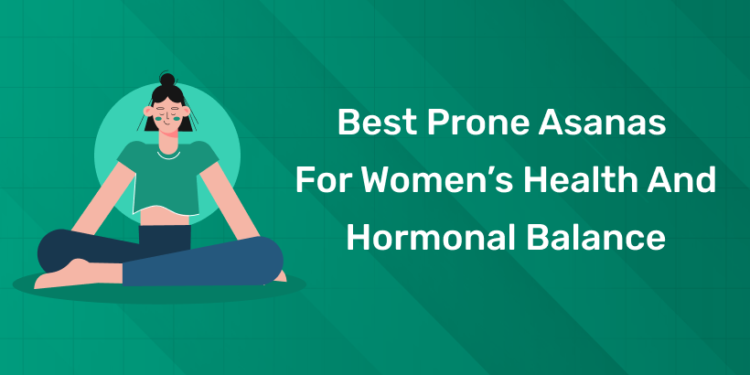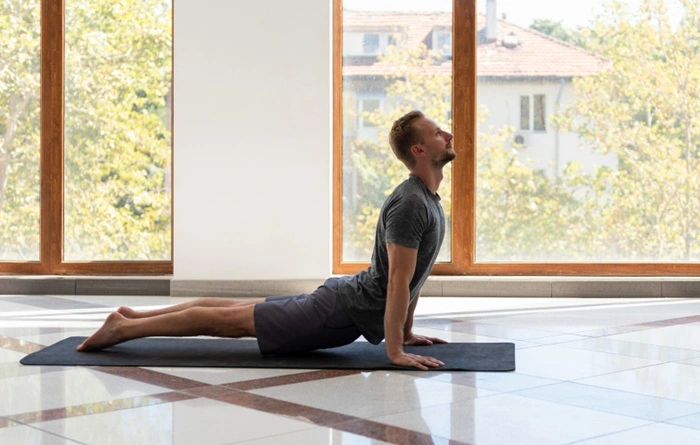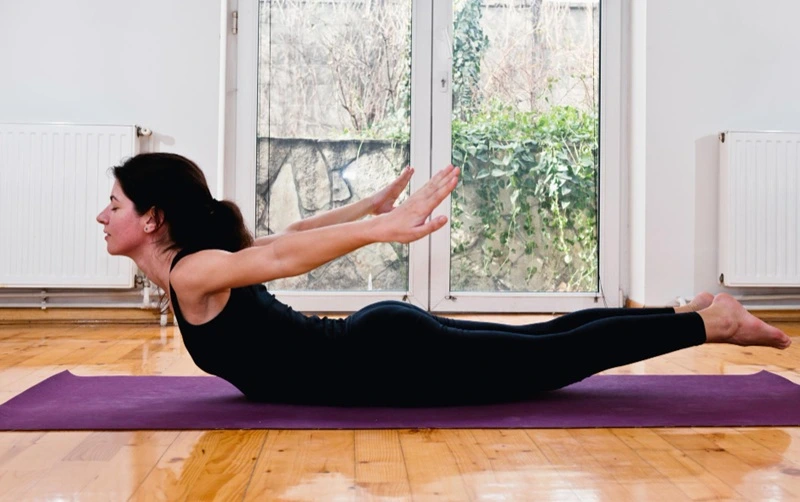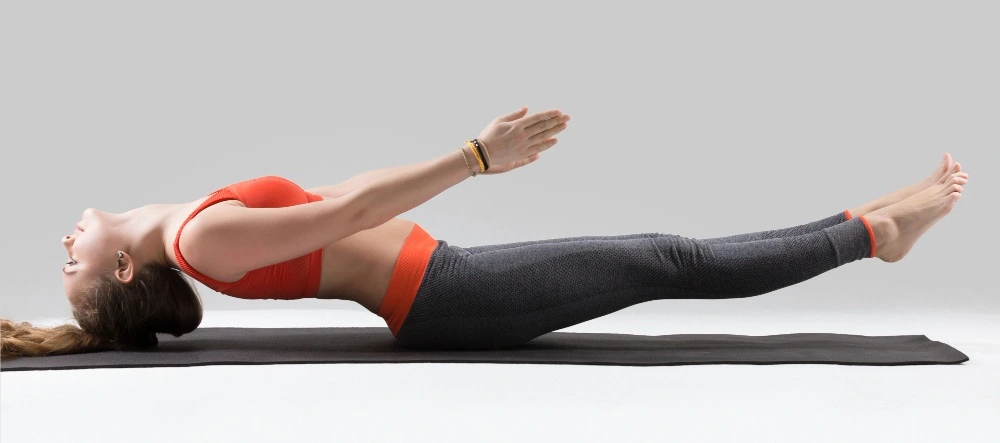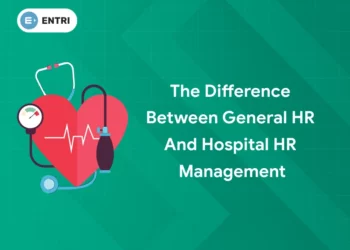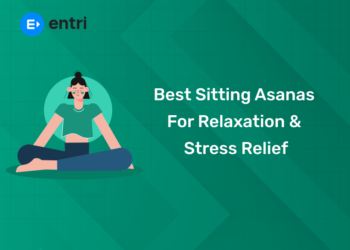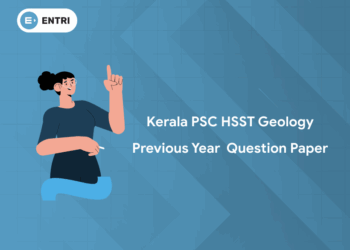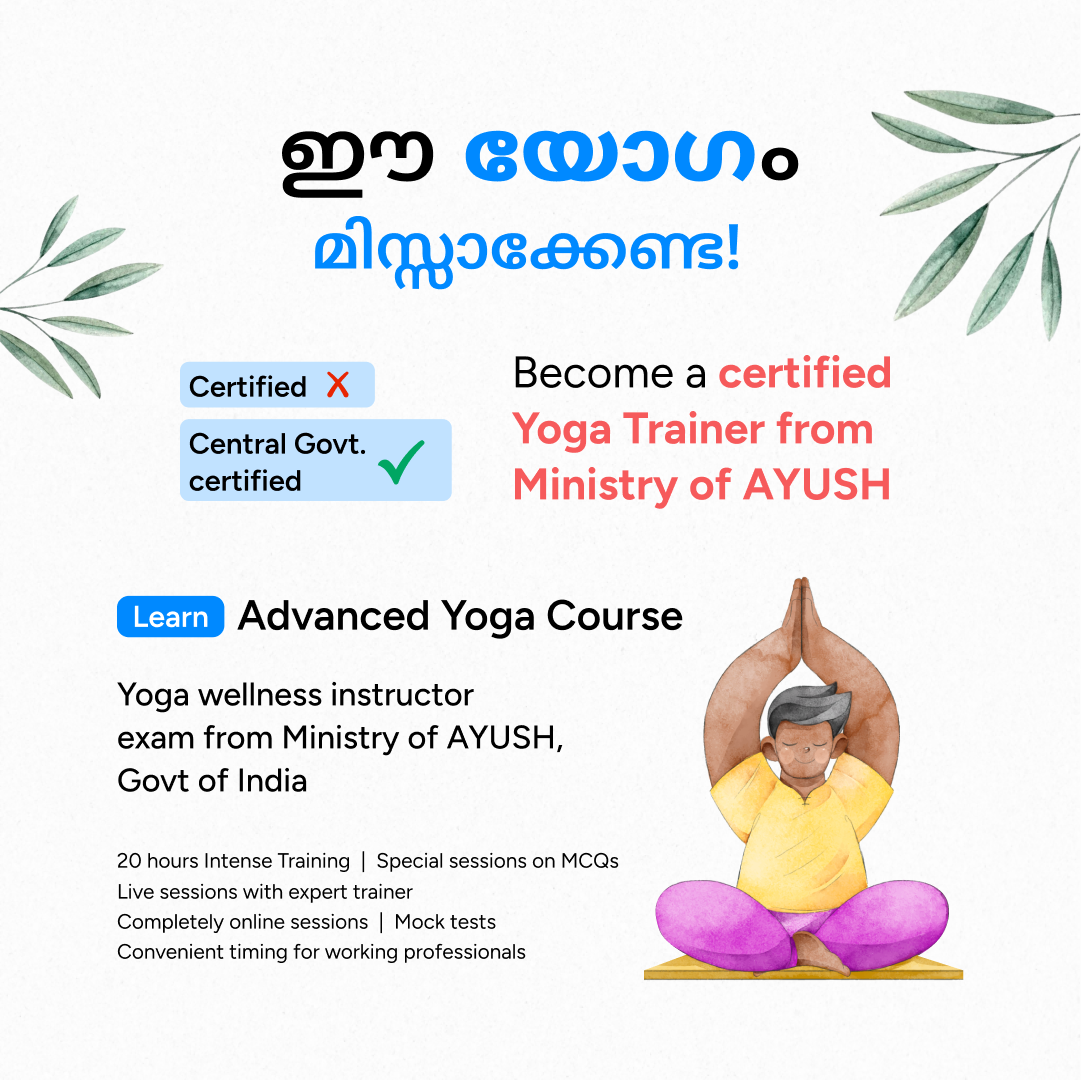Table of Contents
Women’s hormonal health is all about finding balance -and that means juggling a whole list of factors – stress, sleep, the food you eat, your movement patterns, & how your nervous system is working. Yoga is incredibly good at bringing all of these elements together – it’s not just about the physical postures, but also about using your breath to guide you through movement and rest.
In this long form guide, we’ll be taking a closer look at a often overlooked group of prone (belly down) asanas and showing you exactly how you can use them to build a stronger core & back, improve circulation to your pelvis & tummy, and calm your stress response – all of which can play a role in supporting hormonal balance over time. If you’re pregnant, recovering from surgery, have uncontrolled high blood pressure, glaucoma, a hernia, or are experiencing acute back/neck pain, then you should definitely get in touch with a healthcare professional & a qualified yoga teacher before trying out yoga.
Get Confident! Join Our Yoga Teacher Training Course!
Why prone asanas matter for women’s hormonal health
1) They nudge the nervous system toward “rest and digest”
Prone work is grounded and generally low to the floor. When you lie on the abdomen and move with steady, nasal breathing, the front-body contact and rhythmic spinal extension can encourage parasympathetic tone (the “rest and digest” branch of your nervous system). This matters because chronic stress and cortisol dysregulation are common drivers of hormonal complaints. Practical guides for women consistently tie yoga’s calming, mind–body emphasis with improved hormonal well-being.
2) They combine core stability with back-body strength
Belly-down backbends such as Bhujangasana (Cobra) and Salabhasana (Locust) strengthen the spine extensors, glutes, and hamstrings while your lower abdominals lightly tone to protect the lumbar spine. This front–back synergy improves posture and may ease low-back discomfort, a common barrier to consistent movement for many women. Mainstream medical guidance also acknowledges yoga’s role when practised carefully in soothing back pain and building supportive strength.
3) They improve pelvic and abdominal circulation
Because the pelvis and lower abdomen rest near the mat in many prone shapes, gentle pressure and breath-driven movement can enhance local circulation and awareness in the reproductive region. Accessible articles aimed at women specifically recommend several asanas (including backbends and hip-openers) to support hormonal balance; prone backbends often appear alongside these suggestions.
4) They complement evidence around yoga and PCOS
Yoga is not a cure, but a growing body of clinical and review literature suggests it may help improve menstrual regularity, reduce androgens, modulate stress markers, and support insulin sensitivity when combined with lifestyle and medical care. Prone backbends and belly-down core work fit well into such holistic protocols because they build strength without spikes in stress reactivity.
Core alignment principles
1: Which of these is the primary goal of yoga practice?
- Pelvic anchoring: In most prone extensions, gently ground the pubic bone and front hip points to stabilise the pelvis. This distributes the backbend, keeping the low back spacious.
- Length before lift: On each inhale, imagine the heart sliding forward and the tailbone reaching back; only then lift chest/legs to a height where the breath stays smooth.
- Scapular mechanics: Glide the shoulder blades down and in (toward “back pockets”) to open the chest without shrugging.
- Neck neutrality: Keep the back of the neck long; gaze slightly forward and down. Avoid cranking the chin upward.
- Leg line: Activate the thighs; if lifting the legs, initiate from the upper hamstrings and glutes, not the lower back.
- Prop wisdom: A thin blanket under the pelvis eases pubic bone sensitivity; a block under the forehead encourages neck neutrality; a strap assists in shoulder integration.
- Counterposes: After a set of prone backbends, return to Child’s Pose, supine knees-to-chest, or a gentle supine twist to rebalance the spine and nervous system (a practice pattern also favoured by clinical advice for back care).
Become a Certified Yoga Instructor
Yoga Teacher Training Course by Entri App: Master authentic yoga techniques, earn certification, and build a successful career as a professional yoga instructor.
Join Now!The best prone asanas for women’s health and hormonal balance
Below are detailed, teacher-level breakdowns of the most useful prone shapes. Each includes steps, benefits, modifications, and cues you can use in class or self-practice. These selections align with the poses that are widely recommended for women’s hormonal well-being and with practical yoga advice for moving in a way that’s kind to your back.
1) Bhujangasana (Cobra Pose)
Getting started (the basics):
- Lie on your tummy with your legs hip-width apart or together; push your feet down into the ground.
- Place your hands under or just ahead of your shoulders; keep your elbows snug against your ribcage.
- As you inhale, lengthen your spine forward and up; as you exhale, lift your chest a few centimeters while keeping your elbows nice and bent.
- Spread your collarbones and slide your shoulder blades down your back. Keep your pelvis weighted on the ground and your neck long.
- Hold the pose for 3 to 5 slow breaths, then exhale to release and rest – and repeat the process a few times.
Why this pose is helpful: Gentle extension of the upper back opening up your chest and front body, encourages deep, diaphragmatic breathing (which is super helpful for managing stress) and stimulates the abdominal organs – all really useful in a routine for hormone support.
Modifications: If you’re experiencing any wrist or lower back issues, try Sphinx (with your forearms on the mat), or place your hands a little further forward to ease the load on your lower back. If your pelvis feels tender, try placing a blanket underneath.
Teaching tip: “Lengthen first, then lift – and remember to keep your shoulders down away from your ears, with a steady breath throughout.”
2) Salabhasana (Locust Pose)
Classic version:
- Start by lying flat on your tummy with your arms at your sides; palms facing down.
- Inhale and lengthen your crown up and your tailbone down; exhale and lift your chest and arms up off the mat.
- On the next inhale, lift your legs from the upper thighs, keeping the inside of your legs active.
- Keep your ribs really integrated, your neck in a neutral position, and your breath smooth for 3 to 5 breaths.
- Lower yourself back down slowly, rest for a moment, then repeat.
Why this pose is so useful: It helps build the strength of the muscles in the back of your body (spinal extensors, glutes, hamstrings), improves your posture, and pairs really well with breath-led nervous-system calming – a great combo for daily stress-relief and hormone support.
Modifications: Try Half Locust (lifting one leg at a time) or place your forehead on a block if you’re feeling really challenged. For some extra support, try looping a yoga strap around your thighs to help engage your inner leg muscles.
Teaching tip: “Lift from your hips, not your lower back – and keep the back of your neck long and relaxed.”
3) Half Locust with breath control
Getting started:
- Lie on your tummy and place your forehead on your hands or a block.
- Inhale and lengthen your legs; exhale and lift one leg from the upper thigh.
- Keep your pelvis facing straight ahead – don’t get too wobbly.
- Hold for 3 breaths then lower and swap sides.
Why this pose is helpful: Great for sorting out any imbalances in your pelvis or lower back, improves circulation to the pelvis and helps build strength at a gentle pace – all really useful if you’re managing fatigue, PCOS, or irregular periods.
Modifications: If your hamstrings are a bit tight, keep your other knee slightly bent. If you’re feeling unsupported, try placing a folded blanket under your hips.
Teaching tip: “Press the front of your hip points down lightly as you lift the opposite leg up.”
4) Makarasana (Crocodile Pose), active–restorative
How to practise:
- Lie prone; take legs comfortably apart.
- Stack hands and rest the forehead.
- Option A (restorative): Breathe slowly for 5–10 breaths, relaxing the abdominal wall.
- Option B (active): On an inhale, slightly lift the chest, keeping elbows wide; exhale and lower. Repeat 4–6 times, then rest.
Why it helps: Creates a gentle “see-saw” of spinal extension with minimal effort ideal on days of hormonal fatigue, cramps easing, or perimenopausal sleep disruption. Use it between stronger shapes or as the final prone pose before counterposes. Articles for women’s wellness often stress gentle, calming postures to modulate stress hormones Makarasana delivers that tone.
Modifications: Bolster under chest for a completely restorative version; turn the head to one side only if the neck is comfortable.
Teaching cue: “Let the abdomen soften into the mat; breathe wide into the back ribs.”
5) Dhanurasana (Bow Pose), supported
How to practise (supported entry):
- From prone, bend knees; loop a strap around the ankles if needed.
- Hold ankles or strap; inhale to lift chest, then thighs, balancing on the lower abdomen.
- Keep neck long; gaze forward and slightly down. Hold 2–4 breaths; lower gently.
Why it helps: Stronger backbend that opens the front body and can stimulate abdominal and pelvic organs. Many mainstream lists for women’s hormonal concerns include Bow alongside gentler poses; treat it as an option, not a requirement.
Modifications: If intense, practise Locust instead; or keep thighs low and focus on chest opening.
Teaching cue: “Broaden the collarbones; draw heels toward the sitting bones without jamming the low back.”
6) Prone Naukasana (Boat, belly-down)
How to practise:
- Lie prone; extend arms forward at shoulder height.
- Inhale, lengthen; exhale, lift arms, chest, and legs together, reaching fingers forward and toes back.
- Keep ribs hugged, neck long; hold 3–5 breaths; lower and rest.
Why it helps: Longer levers increase demand on the mid-back and glutes while the lower abdominals co-contract useful where posture, stress, and energy are interlinked. Include it after Locust in stronger sequences for trained students.
Modifications: Arms back alongside the body; or lift only the chest or only the legs.
Teaching cue: “Think long, not high; keep breath smooth.”
A 35-minute hormone-support prone sequence
Warm-in (6 minutes)
- Child’s Pose, 1 minute (soften jaw; lengthen breath)
- Cat–Cow, 90 seconds (mobilise spine; coordinate inhale/exhale)
- Sphinx, 2 rounds × 4–5 breaths (gentle thoracic extension)
- Prone windshield wipers, 30–45 seconds (loosen hips)
Prone strength set (12–14 minutes)
- Bhujangasana (Low Cobra), 2 rounds × 4–6 breaths
- Salabhasana (arms back), 2 rounds × 3–5 breaths
- Ardha Salabhasana, each side, 2 rounds × 3–4 breaths
- Prone Naukasana (optional), 1–2 rounds × 3–5 breaths
Rhythm + release (7–8 minutes)
- Makarasana (active), 1–2 minutes of gentle lifts, then 1 minute rest
- Dhanurasana (optional), 1 round × 2–3 breaths, or repeat Cobra
- Prone belly-breathing, 60–90 seconds (feel breath widen the back ribs)
Counterposes and cool-down (7 minutes)
- Child’s Pose, 60–90 seconds
- Supine knees-to-chest, 3–5 breaths
- Supine twist, each side 45–60 seconds
- Savasana, 2 minutes (hands on low belly; soften the tongue and eyes)
This flow emphasises moderate intensity, measured breath, and nervous-system downshift, all of which are central to yoga’s hormone-support narrative in mainstream women’s health coverage.
Special considerations: menstrual cycle, PCOS, menopause, pregnancy
- During heavy flow: Favour Sphinx, Makarasana (restorative), low Cobras, and short holds. Skip deep backbends and anything that feels compressive.
- PCOS/irregular cycles: Build consistency over intensity. Research suggests yoga, practised regularly, can improve cycle regularity and stress markers alongside medical care. Keep holds moderate, stress on breath quality, and add restorative time.
- Perimenopause/menopause: Prioritise nervous-system regulation (longer exhalations, supported prone rest), spine and hip strength (Locust variants), and sleep-friendly cool-downs. Lifestyle-oriented articles aimed at women reinforce these choices.
- Pregnancy (2nd/3rd trimester): Avoid prone backbends. Choose side-lying, seated, or supported heart-openers (e.g., bolster under thoracic spine) per your instructor’s guidance.
Become a Certified Yoga Instructor
Yoga Teacher Training Course by Entri App: Master authentic yoga techniques, earn certification, and build a successful career as a professional yoga instructor.
Join Now!Common mistakes and how to fix them
| Pitfall | What it looks like | Quick correction |
| Neck crunch | Chin jutting, jaw tight | “Gaze down/forward; lengthen the back of the neck.” |
| Shoulder creep | Shoulders up by ears | “Slide the blades into back pockets; broaden collarbones.” |
| Low-back pinch | Jam in lumbar on lifts | “Lower your height; hug the ribs; engage low belly; lift from hips.” |
| Passive legs | Feet flop, hamstrings underwork | “Reach long through toes; initiate lift from upper thighs.” |
| Breath holds | Strain, heat rise, fatigue | “Inhale to lengthen, exhale to stabilise no breath-holding.” |
| Forcing range | Height over control | “Quality beats height; stop where you can breathe freely.” |
These corrections track well with back-care guidance from general medical sources that recommend gentle, precise, breath-led strengthening and mobility.
How the Entri Yoga TTC course aligns with this.
If you want to teach these outcomes reliably or simply practise with more confidence formal training helps you convert good intentions into repeatable, safe results. The Entri Yoga TTC course is designed to help aspiring teachers and committed practitioners:
- Understand spine and pelvic mechanics in prone work (how to cue length, then lift).
- Master progressions and regressions from Sphinx → Low Cobra → Locust variants → Bow (supported).
- Build hormone-aware sequences that balance strength, breath, and restoration for different stages of life.
- Practise observation and inclusive cueing in multilingual Indian classrooms.
- Integrate breathwork and rest to reduce stress load a key driver in hormonal imbalance.
- Receive feedback and mentoring so your teaching is safe, clear, and confidence-building.
Whether your goal is to manage stress and cycle health or to teach women’s wellness classes, a structured TTC gives you the anatomy, sequencing logic, and classroom skills to do it well.
Key takeaways
- Prone asanas are a smart, grounded way to support women’s hormonal health by combining strength, circulation, and nervous-system downshift. Popular women’s health lists commonly include these shapes in hormone-support flows.
- Length before lift: anchor the pelvis, broaden the chest, keep the neck long, and only lift to a height where the breath remains smooth.
- Consistency beats intensity for cycle regularity, stress reduction, and energy especially in PCOS or perimenopause contexts.
- Pair every backbend set with counterposes and rest to protect the spine and calm the system, in line with conservative back-care advice.
- Use modifications and props (forearms, blanket, strap, block) to make the practice accessible on heavy days, low-energy days, or when returning after a break.
- If you plan to teach, a well-designed TTC like Entri’s turns safe technique into clear, inclusive instruction that genuinely helps students.
Final word
When you practise prone asanas with patience, length first, then lift; breath before depth, they become more than backbends. They’re a daily ritual that steadies the nervous system, improves postural support, nourishes pelvic circulation, and helps your body find its natural rhythm again. Whether you’re building your own routine or guiding a class, keep the emphasis on calm strength and compassionate pacing. And if you’re ready to turn this wisdom into a professional skill set, the Entri Yoga TTC course gives you the anatomy, sequencing, and teaching craft to help women feel stronger, calmer, and more balanced on and off the mat.
Become a Certified Yoga Instructor
Yoga Teacher Training Course by Entri App: Master authentic yoga techniques, earn certification, and build a successful career as a professional yoga instructor.
Join Now!Frequently Asked Questions
Is it safe to do prone backbends during periods?
Yes, if the flow is light and you feel comfortable. Choose gentler shapes like Sphinx or Low Cobra and shorter holds. Avoid intense backbends during heavy days; rest more.
Which prone pose is best for beginners with back pain?
Start with Sphinx or Low Cobra and keep the height small. Focus on breath and shoulder placement. If pain persists or radiates, stop and consult a professional.
How often should I practise for hormonal benefits?
Aim for 10–20 minutes, 4–6 days a week with moderate intensity and long exhales. Evidence around PCOS and cycle regularity suggests consistency is more important than intensity.
Can these poses replace medical treatment for PCOS or thyroid issues?
No. Yoga can be a supportive adjunct, not a replacement. Pair practice with medical advice, nutrition, and sleep hygiene.
What should teachers watch for in class?
Neck and shoulder tension, rib flare, low-back compression, breath-holding, and fatigue. Offer Sphinx/Low Cobra and Half Locust options liberally.


